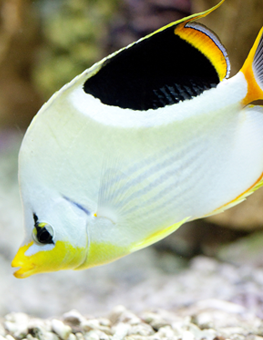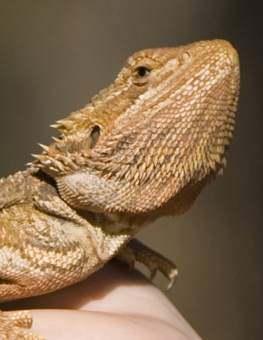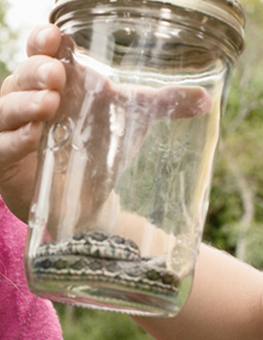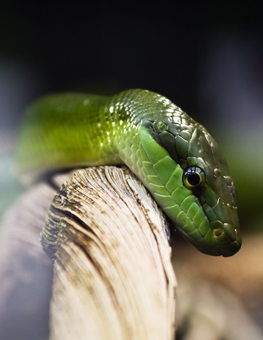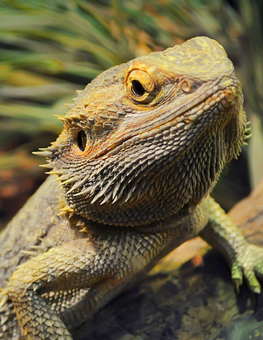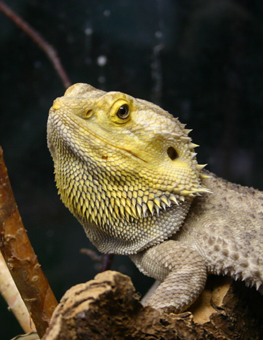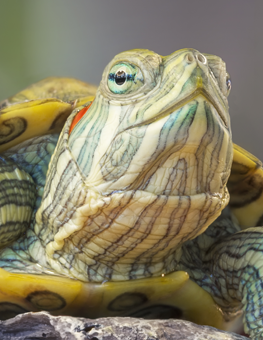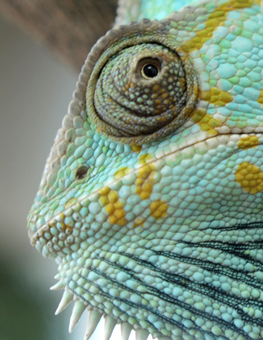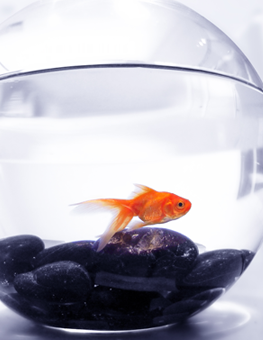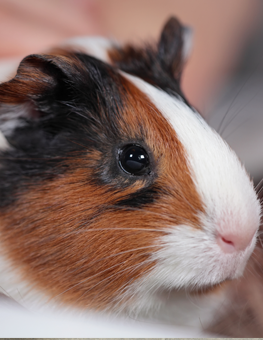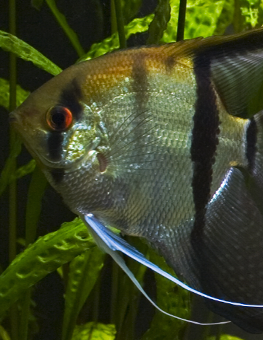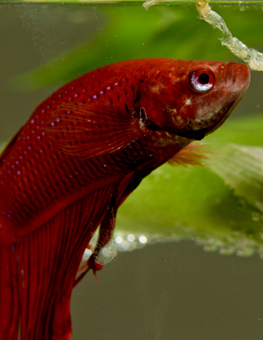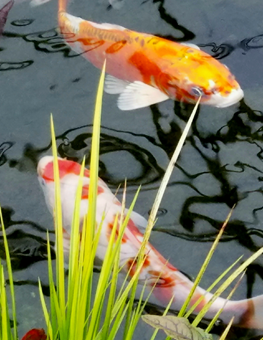Making Your Home Reptile Ready
Will your reptile be safe in your home if he escapes or wanders freely outside his habitat?
Intentionally or accidentally, having your pet roam around the rooms of your house poses some hazards, unless you are careful to remove or avoid them. Following, is a basic list of items to consider or check before your pet wanders:
Other Pets: Do you have other pets that could pose a threat to your reptile, or vice versa? If so, take precautions that will prevent them from being unattended in the same room. Also, be sure to place your reptile habitat in a location that would provide a margin of safety against accidental or intentional damage to the habitat by other animals
Temperature Fluctuations: Your pet reptile’s habitat is a temperature-controlled environment to guard him from temperature extremes. Be sure that the rooms in your home where he will be allowed to go are not drafty, cold or excessively warm. Exposure to drafts from fans and rooms with direct sunlight should be avoided. Windows should be closed.
Household Chemicals and Water: The bathroom, laundry room and kitchen of your home should be off-limits to your reptile. Many common household chemicals contained here are harmful to your pet. Further, unless he is aquatic, he could drown in even the shallowest depths of water.
Loss, Suffocation and Crushing: Many reptiles like to hide in small, dark places. To avoid “losing” your pet, or accidentally suffocating or crushing him:
- Watch where you walk
- Check between seat cushions or covers before sitting or laying down
- Make sure that you know where your pet is before turning on a machine with moving parts
- Cover air-ducts
Your new reptile is going to be living in a home within a home. Make sure your house is prepared for the addition and remain vigilant to ensure that he is not exposed to potential hazards.




